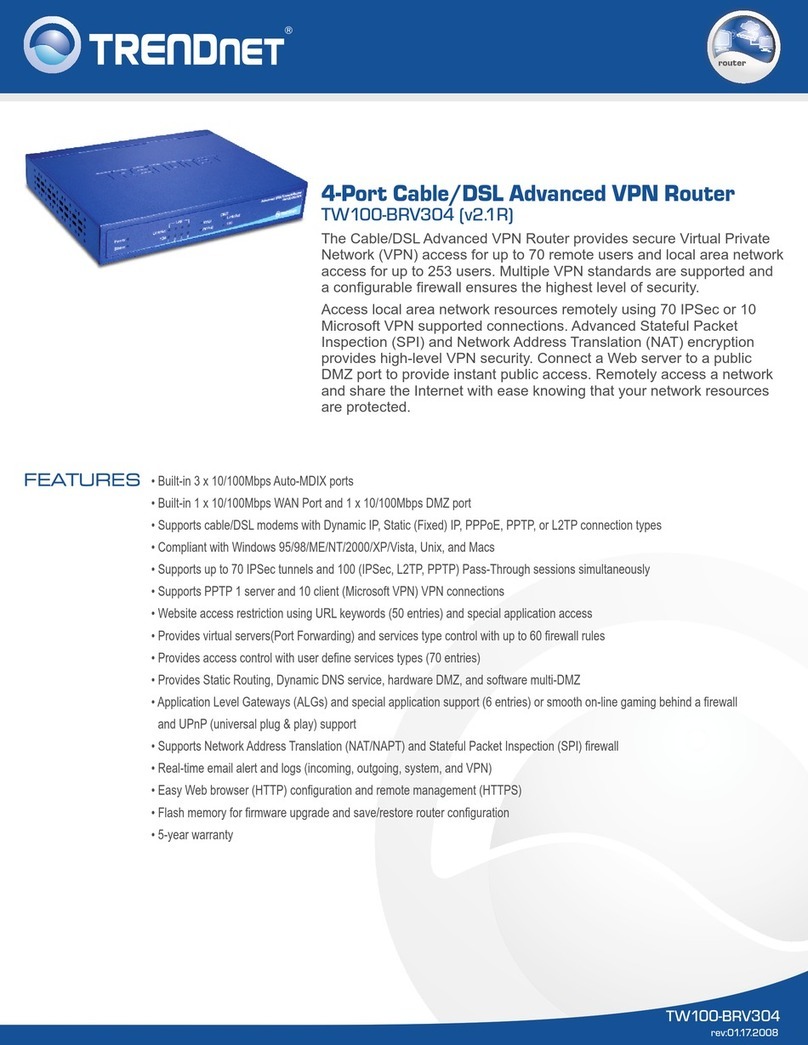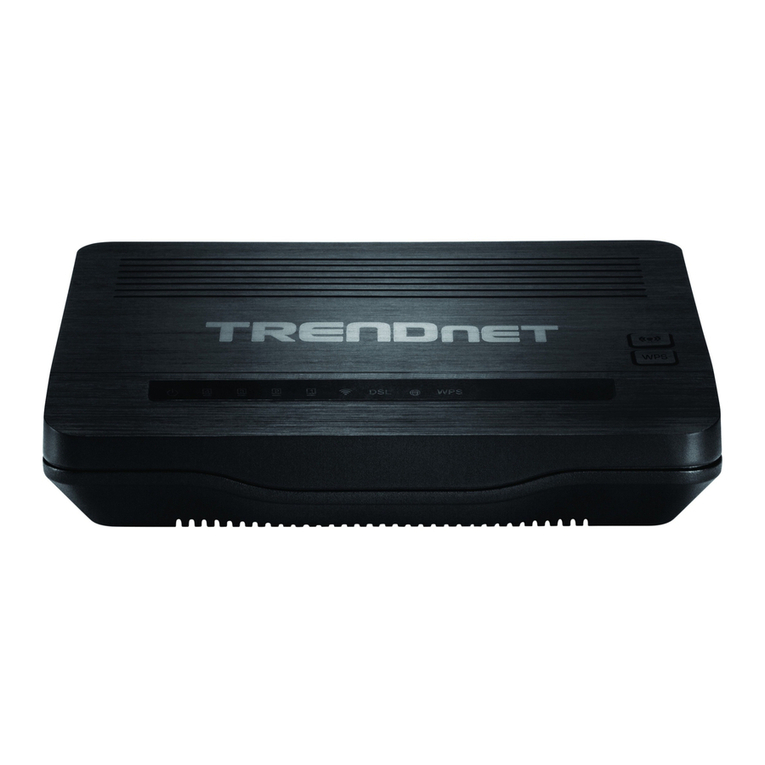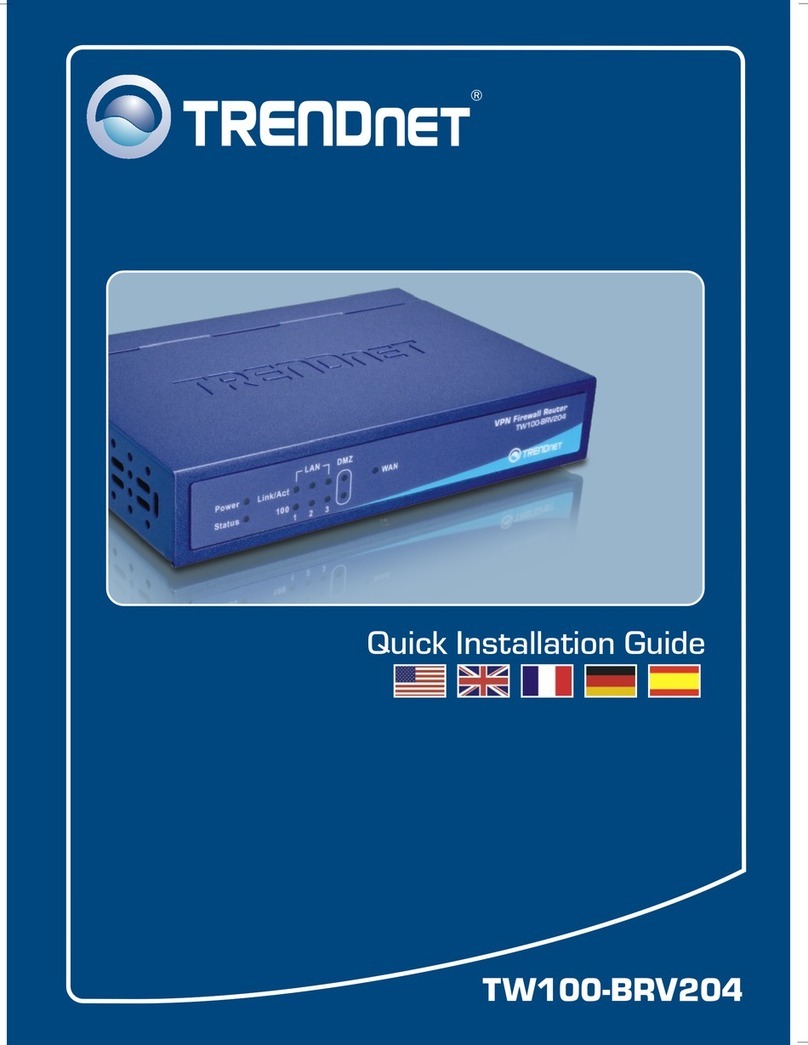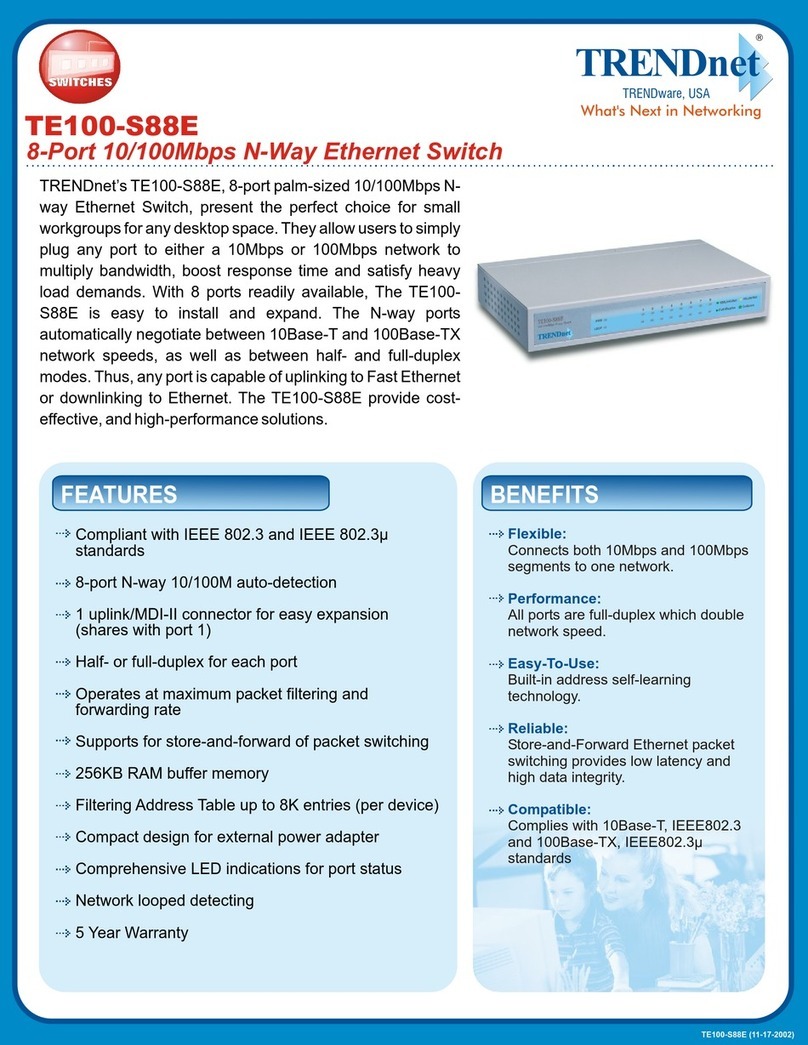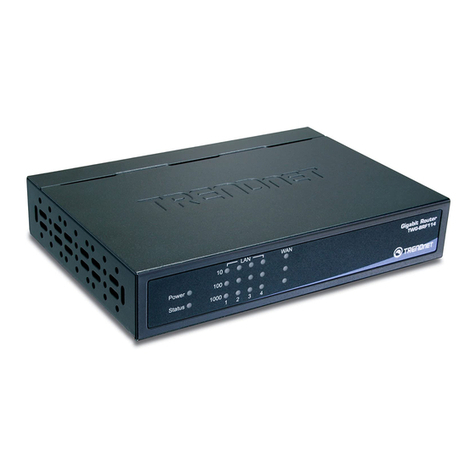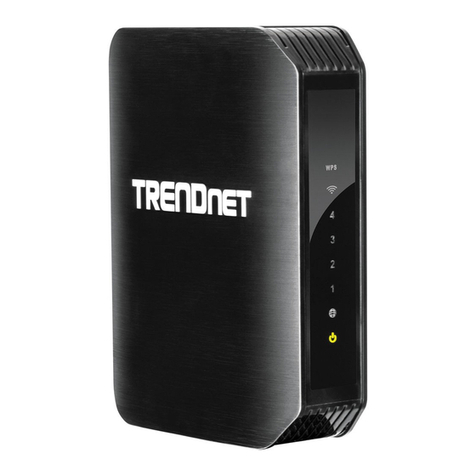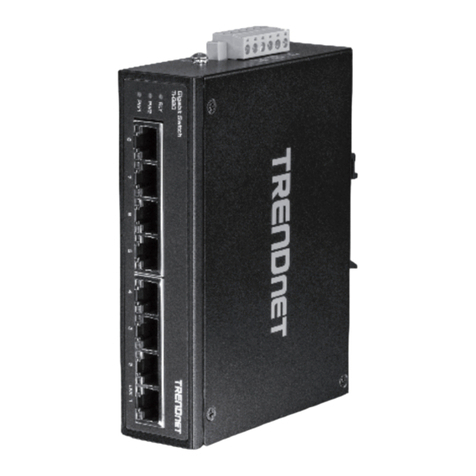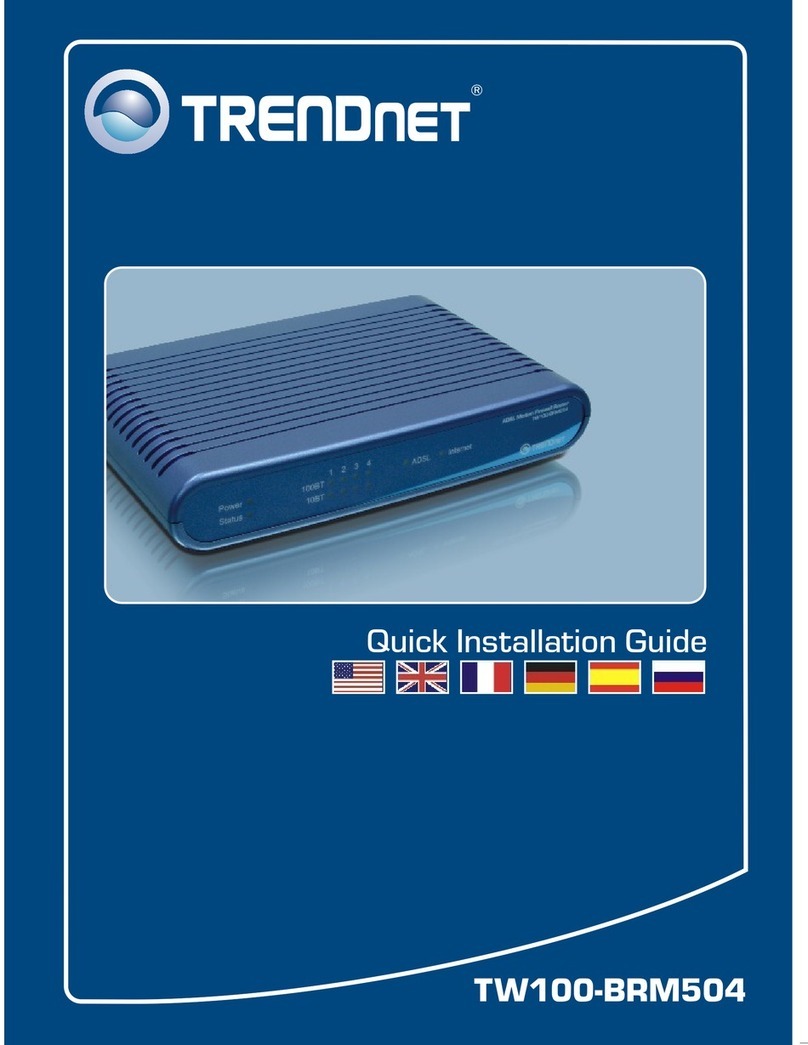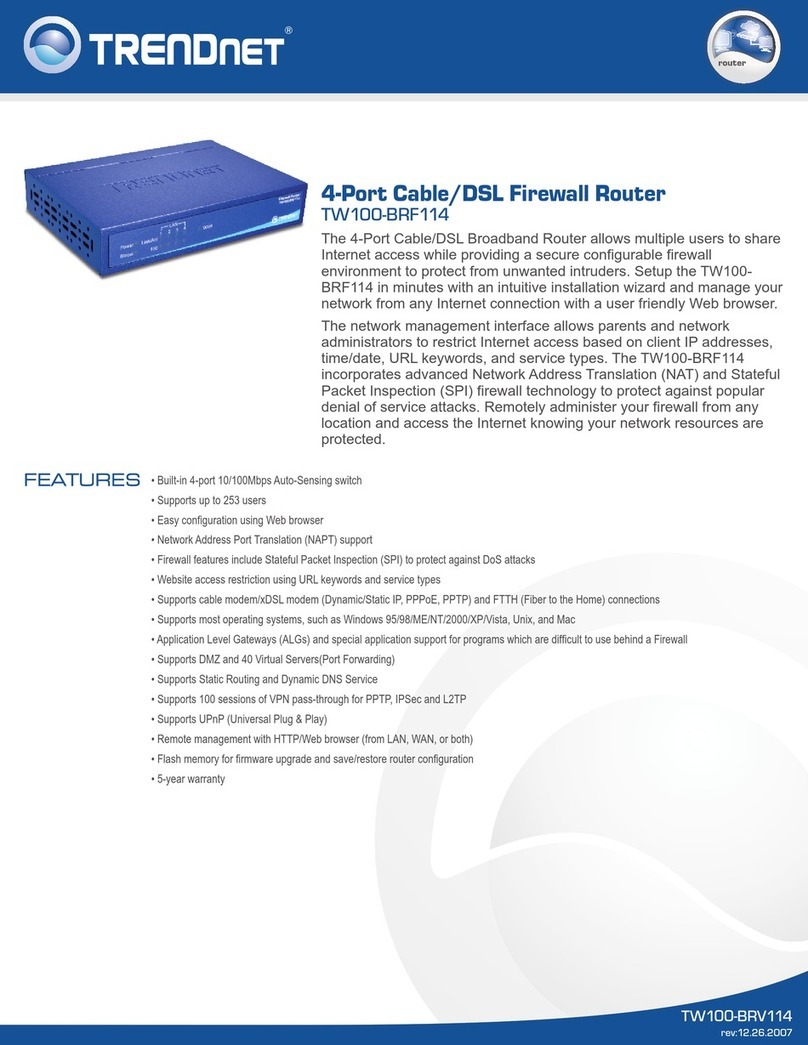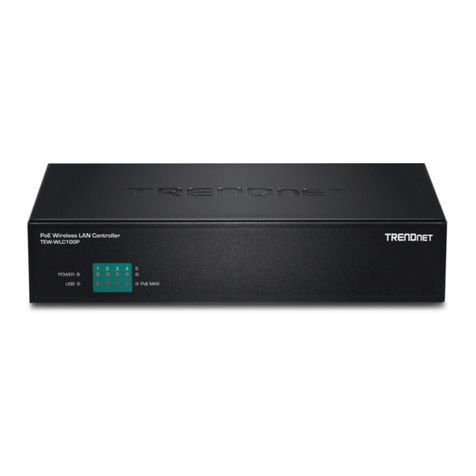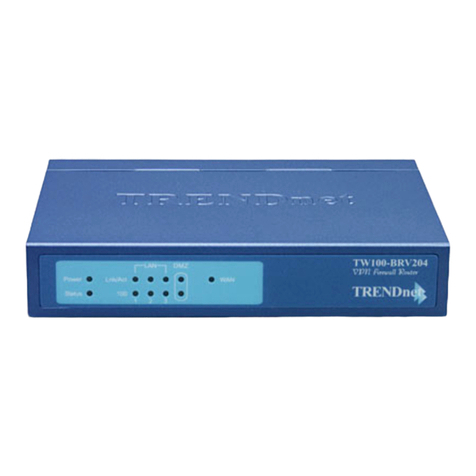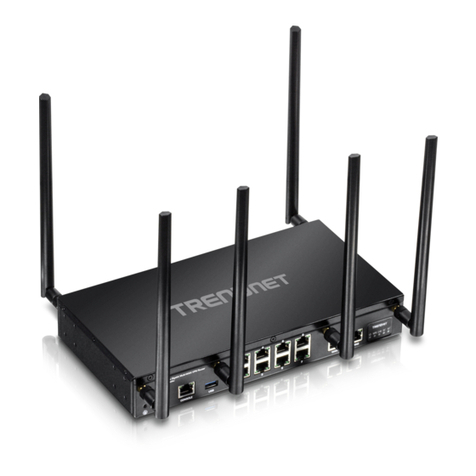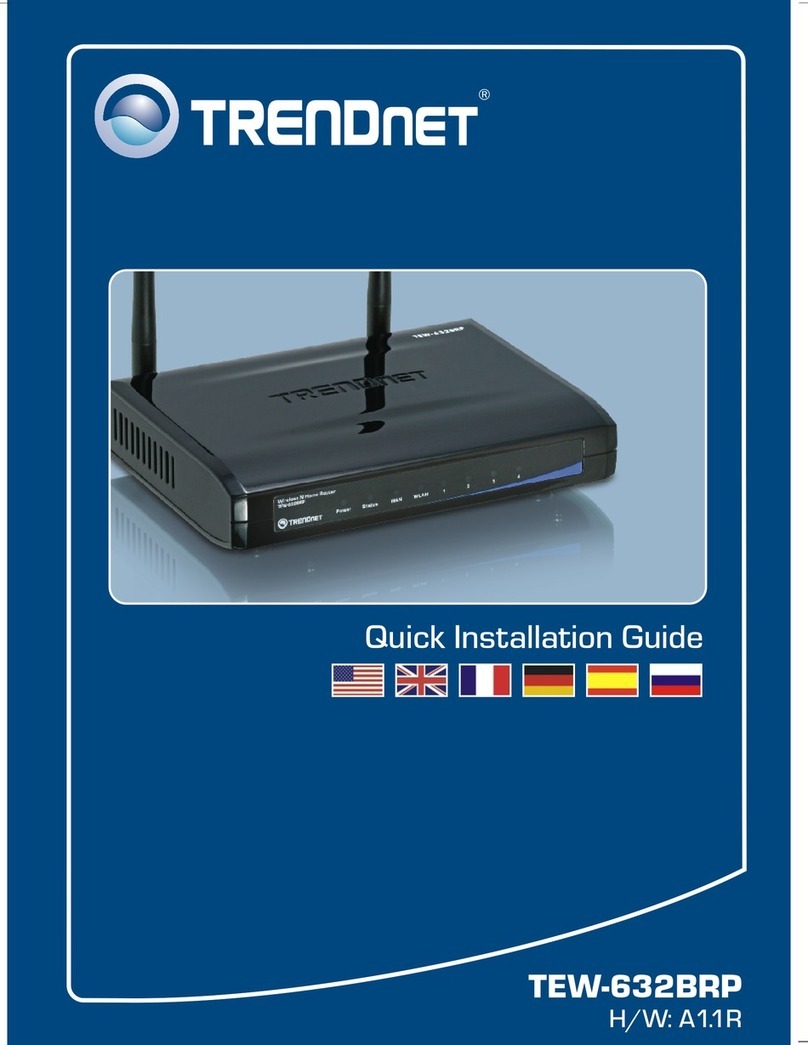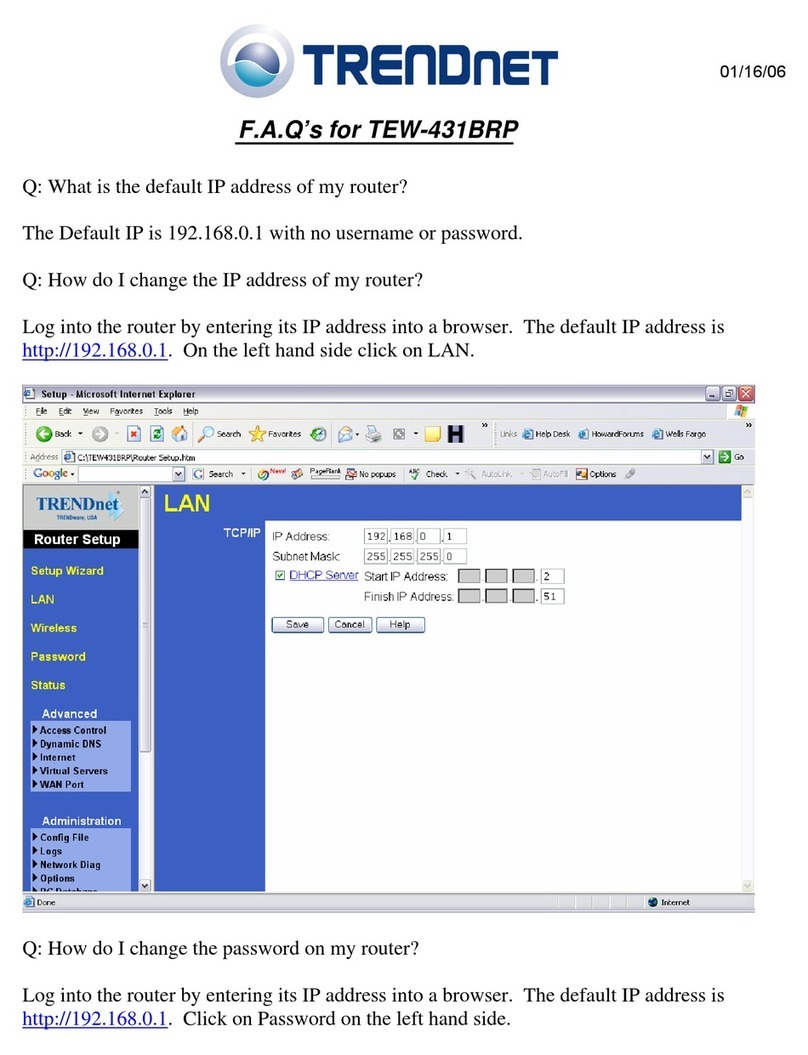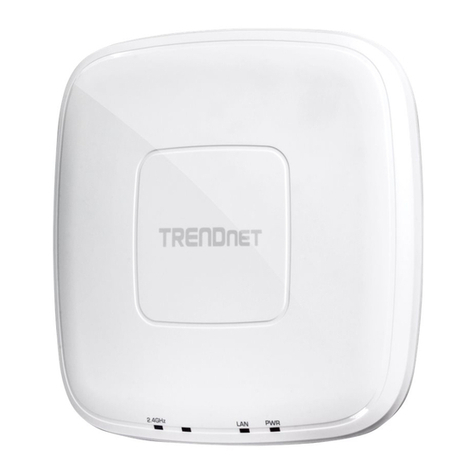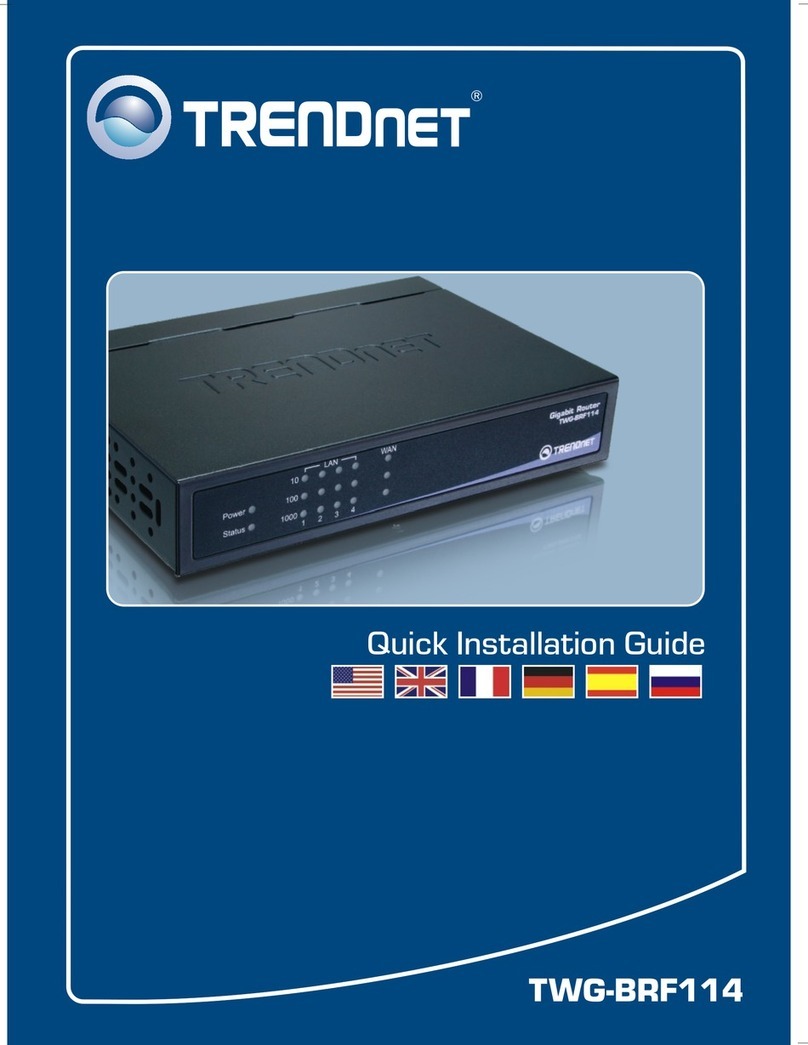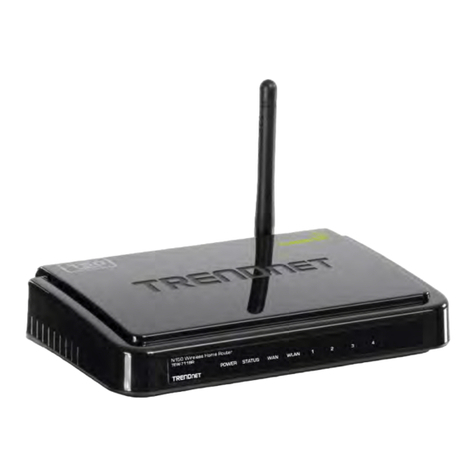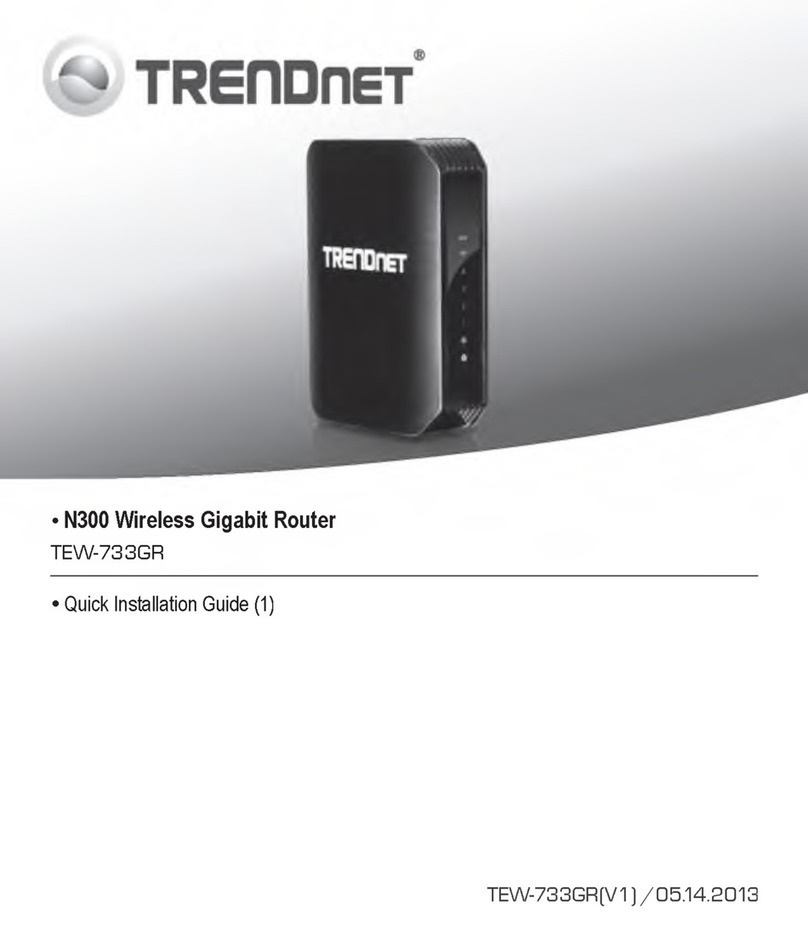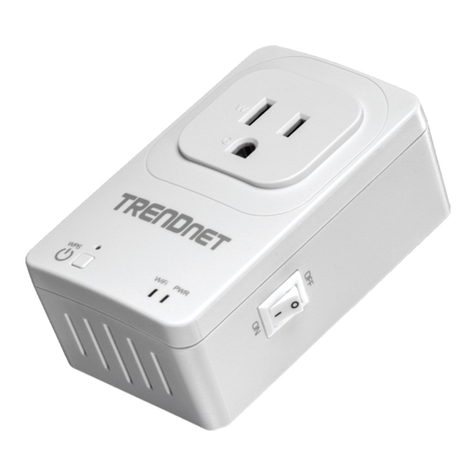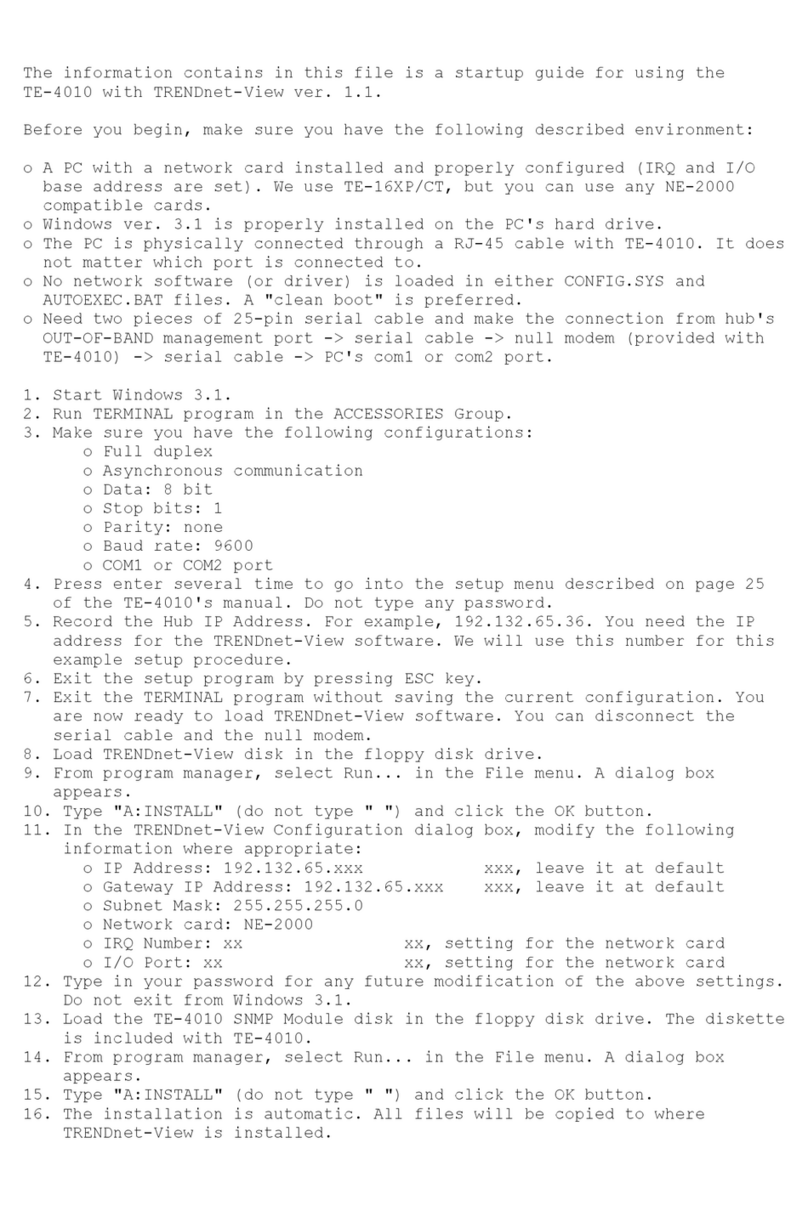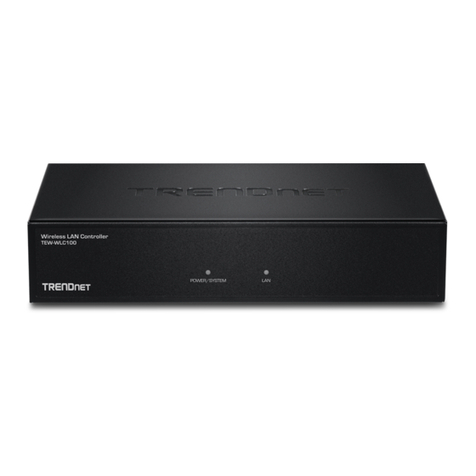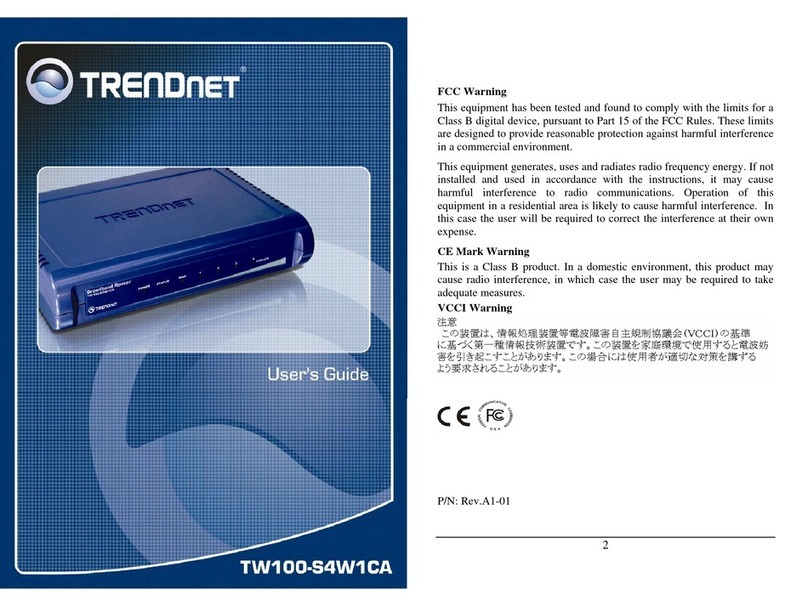
TW100-BRF104 Broadband Router+Firewall
iv List of Figures
List of Figures
Figure 1-1 Broadband Router+Firewall Application ...................................................................................1-6
Figure 3-1 Configuring Windows for IP Networking..................................................................................3-2
Figure 3-2 Macintosh TCP/IP......................................................................................................................3-5
Figure 3-3 Verifying Macintosh TCP/IP .....................................................................................................3-5
Figure 4-1 Login Window ...........................................................................................................................4-2
Figure 4-2 Embedded Web Configurator Home..........................................................................................4-3
Figure 5-1 WAN Setup................................................................................................................................5-2
Figure 5-2 System Setup..............................................................................................................................5-5
Figure 5-3 LAN Setup .................................................................................................................................5-7
Figure 5-4 DHCP Client Table ..................................................................................................................5-88
Figure 5-5 Status Screen............................................................................................................................5-99
Figure 5-6 Statistics Screen .....................................................................................................................5-111
Figure 6-1 Dynamic DNS Setup..................................................................................................................6-2
Figure 6-2 Port Forwarding .........................................................................................................................6-5
Figure 6-3 Static Route................................................................................................................................6-7
Figure 6-4 Show Routing Table...................................................................................................................6-9
Figure 6-5 Dynamic Route ........................................................................................................................6-11
Figure 6-6 Upgrade and Backup................................................................................................................6-12
Figure 6-7 Upgrade System Software........................................................................................................6-13
Figure 6-8 Restore Factory Default Configurations ..................................................................................6-14
Figure 6-9 Backup Current Configurations ...............................................................................................6-15
Figure 6-10 Restore Previously Saved Configurations..............................................................................6-15
Figure 6-11 Remote Management .............................................................................................................6-17
Figure 6-12 Diagnostic ............................................................................................................................6-179
Figure 7-1 Security Management ................................................................................................................7-2
